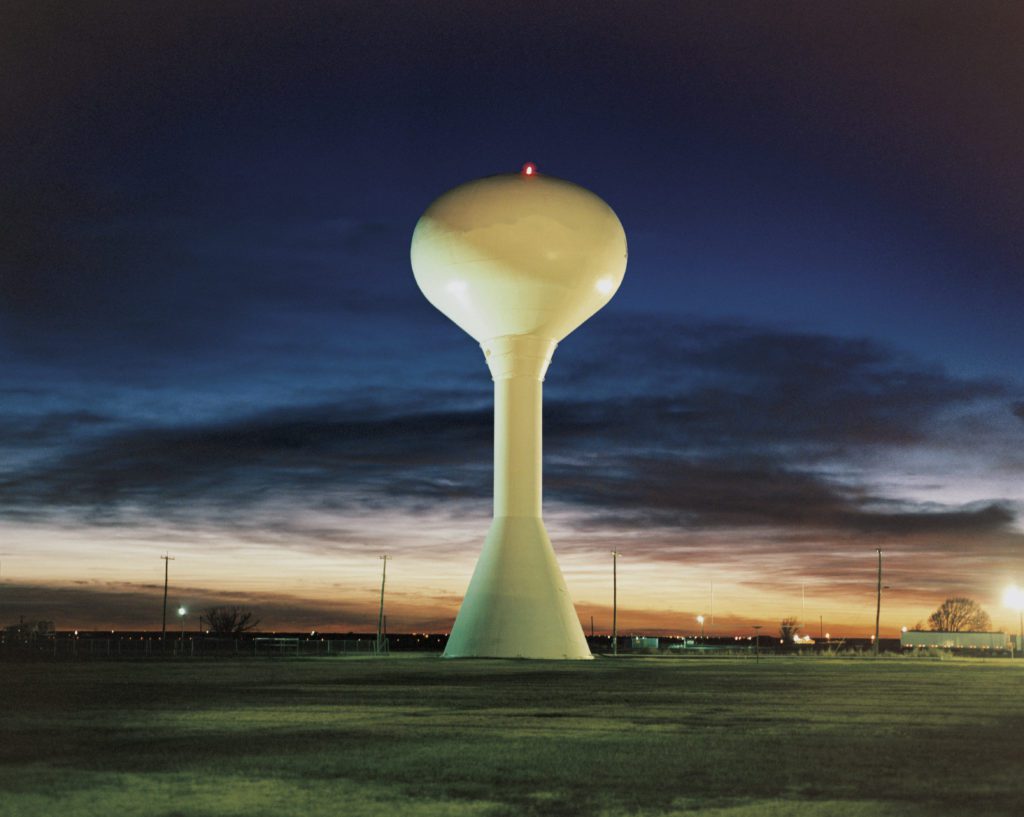Water! It’s a natural resource which is crucial to all life on our planet. We absolutely cannot live without it. And like many other resources today, water is under threat because of population growth, high rates of urbanization, and climate change. So, what can we do? Water management needs to be more efficient than ever before, and if you’re a Water Network Manager this means you need to create a water supply that is highly resilient, efficient, and sustainable.
Water networks are usually distributed over wide geographic areas and a good proportion of them are buried underground. Since many of the water distribution pipes have been around for decades, they are starting to show their age (to put it mildly) and if the water network has poorly balanced water pressure it can cause water leaks and lost revenue. On the flip side, if the water network is optimized correctly, Water Network Managers can save significant energy, treatment costs and increase revenue.
So, to create today’s resilient, efficient, sustainable water supplies requires automatic management of these potentially fragile, difficult to access, widely distributed water networks. The goal is to reliably respond to changing flow and pressure demands at all points across the entire network.
Digitize for efficiency and reliability
Due to the fundamentally complex problem of managing water networks and because many of the components of the physical system are not readily accessible (for example if pressure or flow sensors need to be added), the task is a perfect match for modern digital technology. Hydraulic modeling solutions allow accurate simulation of the performance at key points in the network. Virtual sensor techniques allow flows and pressures to be calculated where it’s not possible to put real sensors. A ‘Digital Twin’ can be built to model performance virtually making it possible to identify where adjustments need to be made and test the effectiveness of any change before it’s implemented in the real world. As far as network control is concerned, linked control and supervisory objects make it quick and easy to deploy new systems and simple to respond to any required changes identified by the hydraulic model as time passes and conditions change.
Another aspect of 21st century digital technology, the Industrial Internet of Things (IIoT) allows the various control systems, sensors etc. across the network to be accessed and connected, securely, anytime and anywhere. For much of the water industry, this could be another place to start looking for new ways to improve water network operations. Buried inside all the data, now accessible because of this technology, it’s very possible we can find some of the answers we need.
All this helps today’s water suppliers to increase efficiency, use less energy, avoid leakages and breakdowns, and supply and treat the ever-increasing amounts of water needed to match population growth trends.
As more and more municipalities look to reduce costs and improve operations, they are finding that digitizing their water networks yields promising new ways to reduce costs and optimize operations. Acqua Novara, for example, an Italian-based water service provider, recently merged multiple municipal management organizations into one. Their water network supplies 450,000 people across 139 municipalities and covers an area of 3,600 square kilometers. Water network leaks and inefficient use of energy were increasing operating costs.
In order to address these issues and strengthen their network, they moved to a centralized management system and standardized their procedures. To support this, they adopted EcoStruxure digitization technologies including smart sensors, Variable Speed Drives (VSDs), analytics software for water loss management and water network optimization, integrated SCADA and telemetry, and Modicon PLCs. The project was completed smoothly and quickly and Aqua Novara was able to benefit from a 10% reduction in water loss (equivalent to 6 Mm3/year of water saved) and a 15% reduction in water supply energy consumption.
There are many things that can be done to improve and maintain both high levels of water service and a high level of customer satisfaction. These things are easier to accomplish and more reliable, with an integrated water network management system. For instance, adapting to demand in real-time to maintain optimal water pressure and improving reliability for consumers while minimizing leakage in the network. Or by improving the efficiency of pump operations which increases operational sustainability and reduces operating costs resulting in less frequent rate increases. A fully integrated water network management system can even help you identify issues before they happen so you can proactively inform your customers of potential issues before they discover them on their own. We explore these and many other advancements in water network management in our new e-Guide , so take a look and see what proactive measures you can take to maintain satisfied water customers.




